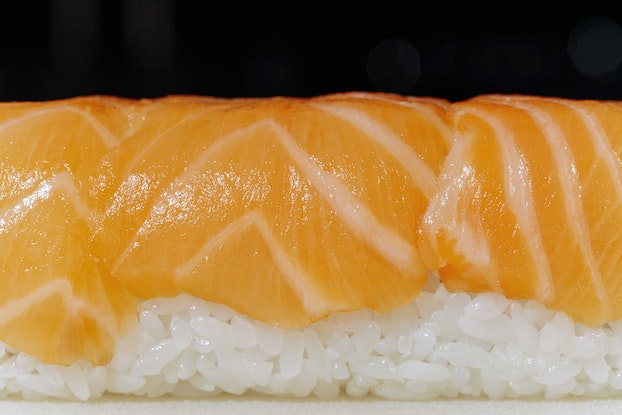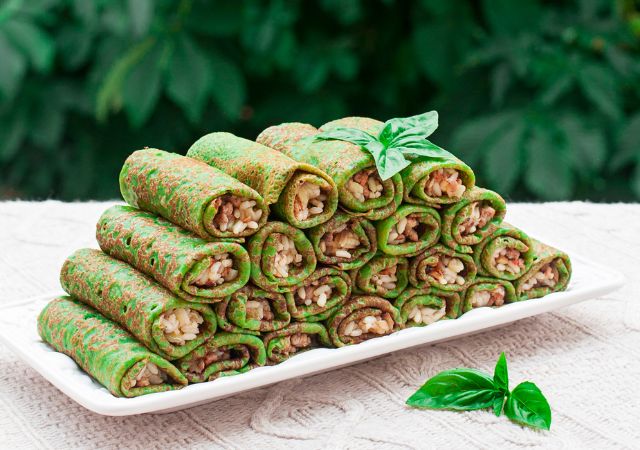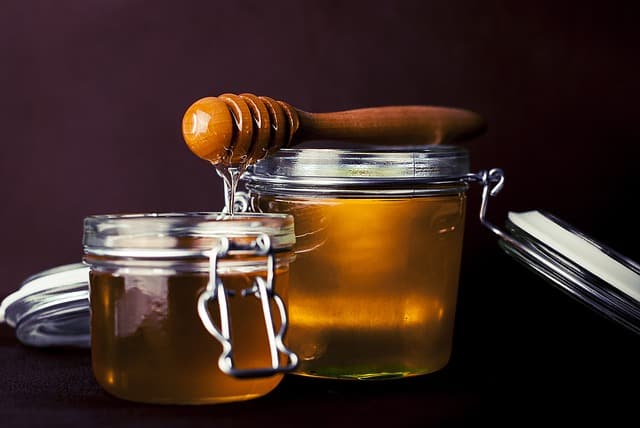
Honey is the product of honey bees, harvested from the flowers or needles and leaves of plants and then processed by bees in hives. It has a delightful taste but also contains specific amounts of vitamins, minerals, and beneficial enzymes.
Contents
As a result, it is commonly used during colds, infections, cardiovascular or respiratory diseases, and as part of home skin care. Depending on the type of plant from which honey is produced by these valuable insects, it takes on a different name, for example, lime honey, buckwheat honey, and rapeseed honey. However, not everyone should consume honey without restriction. Is honey safe for diabetics?
Honey was used centuries ago, not only for its unique taste but also for its health properties. They are numerous people who use honey as a product to support their health and believe that it can be used for a variety of ailments. It has long been believed that honey helps, among other things, with respiratory diseases, asthma is a kind of natural antibiotic, but above all, it significantly supports immunity.
Today, people still claim that this ingredient regenerates the body, and gives it strength, so it is useful, for example, for convalescents.
In this sense, it can be considered that also diabetics can have a lot of benefits from honey, and many diabetics mainly want to reach for it for this very reason. It is also not insignificant that honey is considered an excellent sugar substitute. If a diabetic is to take sugar, honey is certainly a better choice. However, it is worth bearing in mind certain points.
Health-promoting honey also in diabetes.
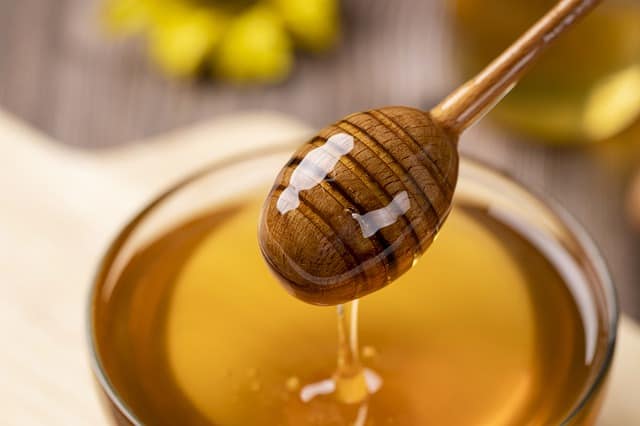
Honey has been used in alternative medicine since ancient times. Drinking honey water with honey and lemon is quite popular when suffering from a cold. Honey is rich in polyphenols and enzymes, making them antioxidant and antimicrobial; they also inhibit inflammation. It may be helpful for many diabetics to know that honey also lowers blood pressure.
In advanced diabetes, very slow wound healing is observed due to diabetic neuropathy, among other things.
Therefore, a substance such as honey appears to be a great natural medicine. Scientific research is being conducted on using honey in wound healing therapy.
After applying honey, a reduction in pain and size of the ulceration is observed, and the healing time is significantly reduced. Scientists also point to a stimulating effect on cell proliferation. In addition, the side effects of such treatment are unknown.
Of course, it should be remembered that honey used for therapeutic purposes should be stored in a dark container in the cold and must not be heated so that it does not lose its properties.
Can a diabetic eat honey?
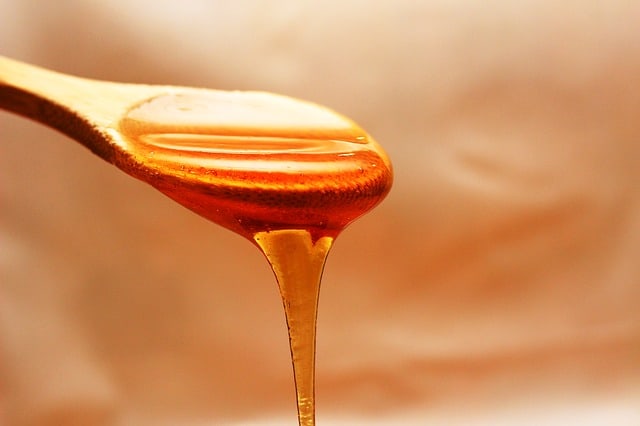
Honey consists of 10-20% water and 70-80% carbohydrates. The remaining trace parts of honey are organic acids, proteins, vitamins, and phenols. The presence of such a large amount of carbohydrates, mainly fructose and glucose, brings to mind the question - can diabetics eat honey? After all, their diet should contain mainly complex carbohydrates and fibre, while honey does not have them.
It has been proven that honey has a strong antibiotic effect. Therefore, it can be successfully used for colds, flu, pneumonia, or bronchitis.
The antimicrobial effect of honey also relates to removing candida, staphylococcus, and streptococcus. It can also have a therapeutic effect and reduce the risk of contracting the diseases mentioned earlier.
Honey also reduces the formation of inflammation.
Honey has a beneficial effect on the cardiovascular and nervous systems (check out honey for heart and hypertension!) - it reduces neurosis, stress, and insomnia symptoms. In addition, it has a diuretic effect, counteracting oedema. As you can see, the effects of honey on health are very beneficial. What about honey and diabetes? Studies indicate that some types of honey, such as linden honey - can be used in diabetes under certain conditions. However, this applies to type II, insulin-dependent diabetes.
Honey - what is its glycemic index?
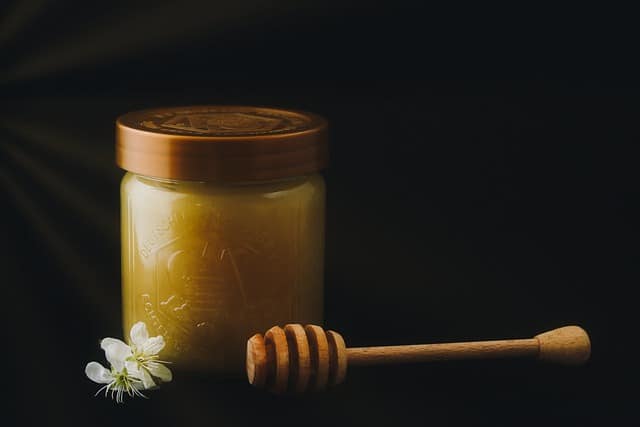
Bee honey and diabetes are two seemingly incompatible issues. Diabetics should eliminate from their diet products with a high glycemic index and rich in sugar. Honey is undoubtedly one of these. But beware, not all honey is the same. Depending on its origin, its composition varies somewhat. Also, the composition of carbohydrates. And the more fructose in honey and the less glucose, the safer it is for diabetics.
Thus, honey's glycemic index can vary widely, as studies have shown that the honey's variety and approach can cause it to range from low to medium to the high glycemic index. Unfortunately, the medium to the high glycemic index of honey declassifies this product among honey for diabetics. Therefore, they are not recommended for honey such as multi-flower, forest, or canola - they have a high glycemic index of 60-90. It is said that the average glycemic index of honey is 55, but unfortunately, many jars of honey have this value much higher; therefore, it is worth knowing exactly what honey is good for diabetics.
GI = 55
Honey - properties
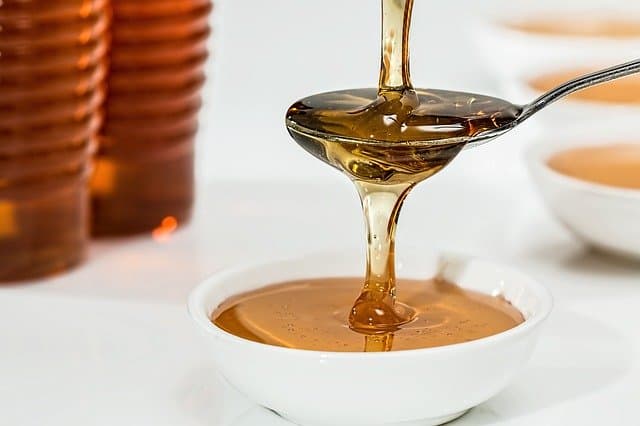
Honey is a naturally sweet substance produced by bees from nectar or secretions of living parts of plants or insects sucking living parts of plants, collected by bees, processed by combining specific substances from the bees, deposited, dehydrated, collected, and left in honeycombs to mature. It consists of 70-80 per cent simple carbohydrates, mainly glucose and fructose. It contains 10 to 20 per cent water. It has nutritional and medicinal properties. Its valuable properties are also influenced by the contained in it, among others:
- organic acids,
- amino acids,
- polyphenols,
- enzymes,
- vitamins,
- mineral salts.
The numerous bioactive components of honey determine its use. It is valued primarily for its antibiotic properties. It also has anti-inflammatory and antioxidant effects. Depending on the species, it exhibits greater or lesser properties as a diaphoretic, expectorant, and antipyretic. It also has a slightly diuretic effect. It is sometimes used in the prevention of cardiovascular diseases, as well as in treating diseases of the digestive tract, supportively in some disorders of the nervous system.
It is also worth mentioning that it has a stimulating effect on the immune system. In general, honey is considered a valuable dietary ingredient that, when used judiciously, can promote the preservation and improvement of health. However, there are some limitations to its use. These include recognized glycemic disorders. Thus, honey with diabetes is not necessarily a beneficial menu component.
What kind of honey is for a diabetic?
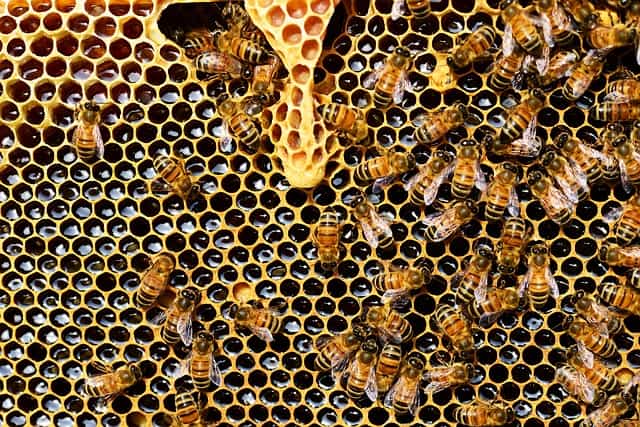
As mentioned, honey for diabetics is acceptable - assuming, of course, that we are dealing with type II diabetes and one that is relatively regulated. In that case, which honey for a diabetic should you choose? We wrote above about linden honey, which contains high amounts of fructose and thus can be used by diabetics. Another honey for diabetics that is safe is heather, honey.
It, too, is high in fructose, which translates into lowering its glycemic index. Also recommended is acacia honey for diabetics who struggle with this disease with mild symptoms. Acacia honey is also rich in fructose. Buckwheat honey and diabetes are also a pair that, despite appearances, can be "compatible" with each other. Scientific data indicate that buckwheat honey can be used safely in type II (i.e., insulin-dependent) diabetes. As long as, of course, one does not overdo it and consumes it in the company of products with a low glycemic index and/or that slow the absorption of glucose from the intestines into the blood.
Such products include incredibly those rich in fat, such as nuts, and dairy products - rich not only in fat but also in protein. Finally, it is worth mentioning one more interesting fact about honey and diabetes. Well, although oral administration of honey in diabetes may not be recommended for all patients, in the case of foot ulcers (i.e., the so-called diabetic foot), honey compresses may be salutary.
In research and practice, it has been shown that applying honey externally to ulcers first reduced inflammation and eliminated odour from the wound, then gradually regenerated the wound and caused it to heal. The study found that regular compresses of honey and sterile gauze applied for six weeks were enough to make the ulcers associated with diabetic foot disappear entirely. The studies above are relatively new reports, as they appeared in the scientific press in early 2020.
Not only consuming honey can help!
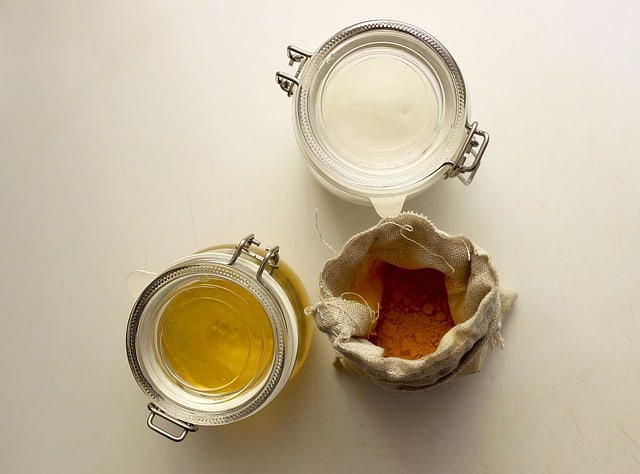
In addition to the issue of consuming honey, one should also not forget about using it externally. Many people believe that diabetics can significantly benefit from this, as, according to them, honey has antibacterial solid and nutritional properties. Some diabetics use it for the diabetic foot.
If this condition is neglected, necrosis of blood vessels and tissues can even lead to amputation. Lubricating the affected areas avoids this even when medications don't work, as honey is a natural remedy that does not contain standard antibiotics. So it's worth trying this remedy, as it certainly won't do any harm, and perhaps it will help.
In summary, diabetics can consume honey only in small amounts. It is also worth considering individual conditions, as each case is different. It is also necessary to use common sense and not use honey in large quantities, even if you like it. Going only for full-flavoured honey bought from trusted places is also essential.
It will also be good to always have a jar of honey at home, as this will allow you to quickly help yourself in case of hypoglycemia. This should be kept in mind, especially for people who experience frequent sugar drops.



